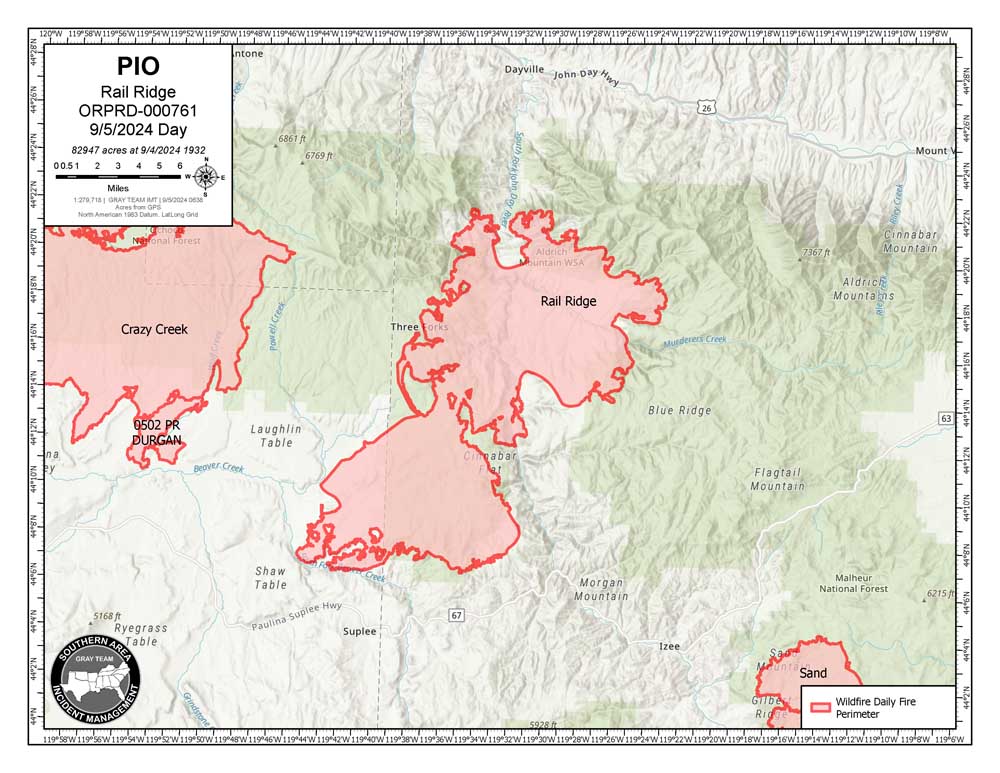Audit: Delays in air quality inspections and permits could pose health risks
Published 5:13 am Wednesday, January 3, 2018
Capital Bureau
SALEM — State auditors say that a backlogs in permits and inspections at the Oregon Department of Environmental Quality “endanger the state’s air quality and the health of Oregonians.”
DEQ is responsible for monitoring and regulating emissions from industrial sources and enforcing violations. The department also oversees land and water quality.
But nearly a quarter of air quality permit renewals were behind schedule in the past decade, according to the audit. Overall, about 5.8 percent of all permits were behind as of July 2017.
But some types of permits have more severe backlogs than others, with 43.1 percent of the agency’s larger and more complex permits in “backlog status.”
And there’s also a delay in inspections of industrial sources of pollution. This could mean that those businesses are out of compliance and potentially emitting harmful levels of pollutants.
But auditors weren’t able to identify the size of the total inspection backlog because DEQ, which is divided into three regions, doesn’t track inspections agency-wide.
Those delays could pose serious risks to environmental and human health in Oregon, auditors said.
Air quality permits specify how much and what types of emissions a business is allowed to emit in accordance with state and federal laws and rules.
Certain air pollutants can have severe negative health effects, and have been found to cause cancer, lung disease, respiratory illness, birth defects and developmental disorders, according to the Secretary of State’s audit released Wednesday.
The delays also “frustrate” the business community and put the agency’s credibility in danger, auditors said.
Auditors said many factors slow down the permitting process, including more than 100 vacant positions at the agency, lack of succession planning, guidance and support for employees, and a “poorly documented and inconsistent” permit process.
Additionally, Cleaner Air Oregon, a recent project of the governor to use health-based standards to reduce air toxics, has required additional work that reduces the amount of time regulators have to issue permits and do compliance inspections.
DEQ Director Richard Whitman said in a response to the audit that he agrees with auditors’ recommendations and the agency is working to put them into action.
The issue of air pollution has been a topic of interest in the Portland area recently, in the wake of a scandal around elevated levels of toxins detected near Bullseye Glass Co.’s stained-glass factory in Southeast Portland.
The latest development in the saga is Bullseye’s $30 million lawsuit against Gov. Kate Brown and the DEQ, alleging that state government unfairly targeted the company after the U.S. Forest Service found elevated lead levels in moss near the factory in 2015.
While Oregon has a reputation as a sylvan wonderland, the state has the highest ranking of all U.S. states for non-cancer health risks caused by “hazardous air pollutants,” according to the National Air Toxic Assessment.
That assessment is cited in the audit, although auditors noted that the “overall quality of data submitted by states varies” in the assessment, and that the EPA indicates that the results should be interpreted cautiously.
According to that same assessment, Oregon’s cancer risk is 24th out of U.S. states; Multnomah County ranks third for non-cancer hazards and 56th for cancer risk out of all U.S. counties.





